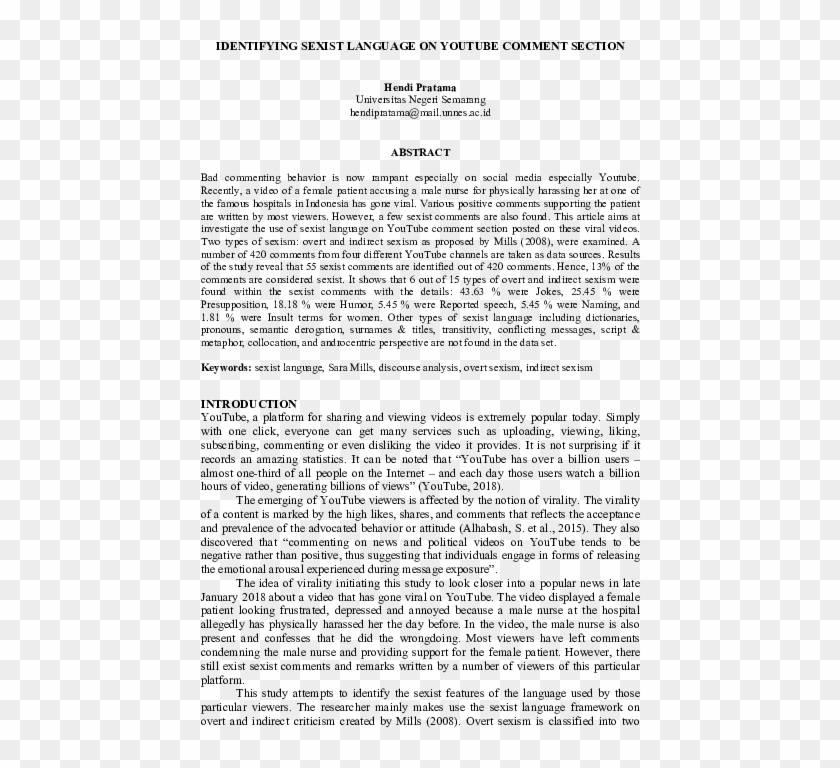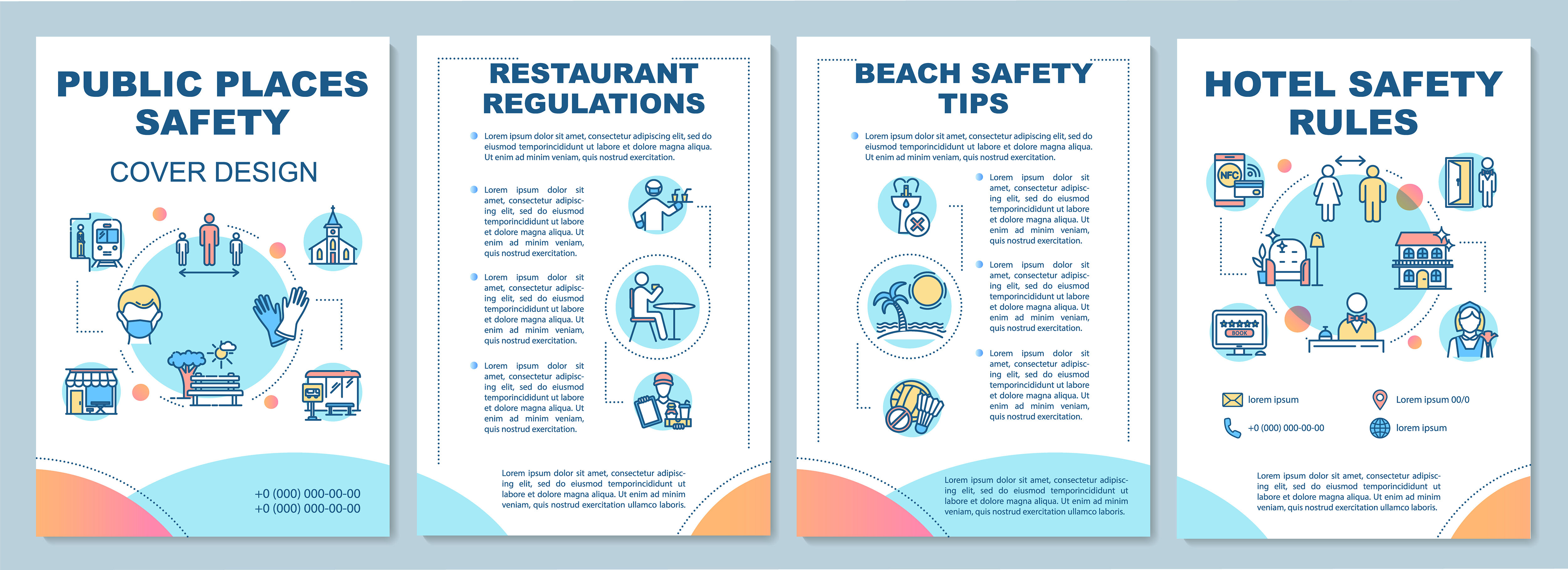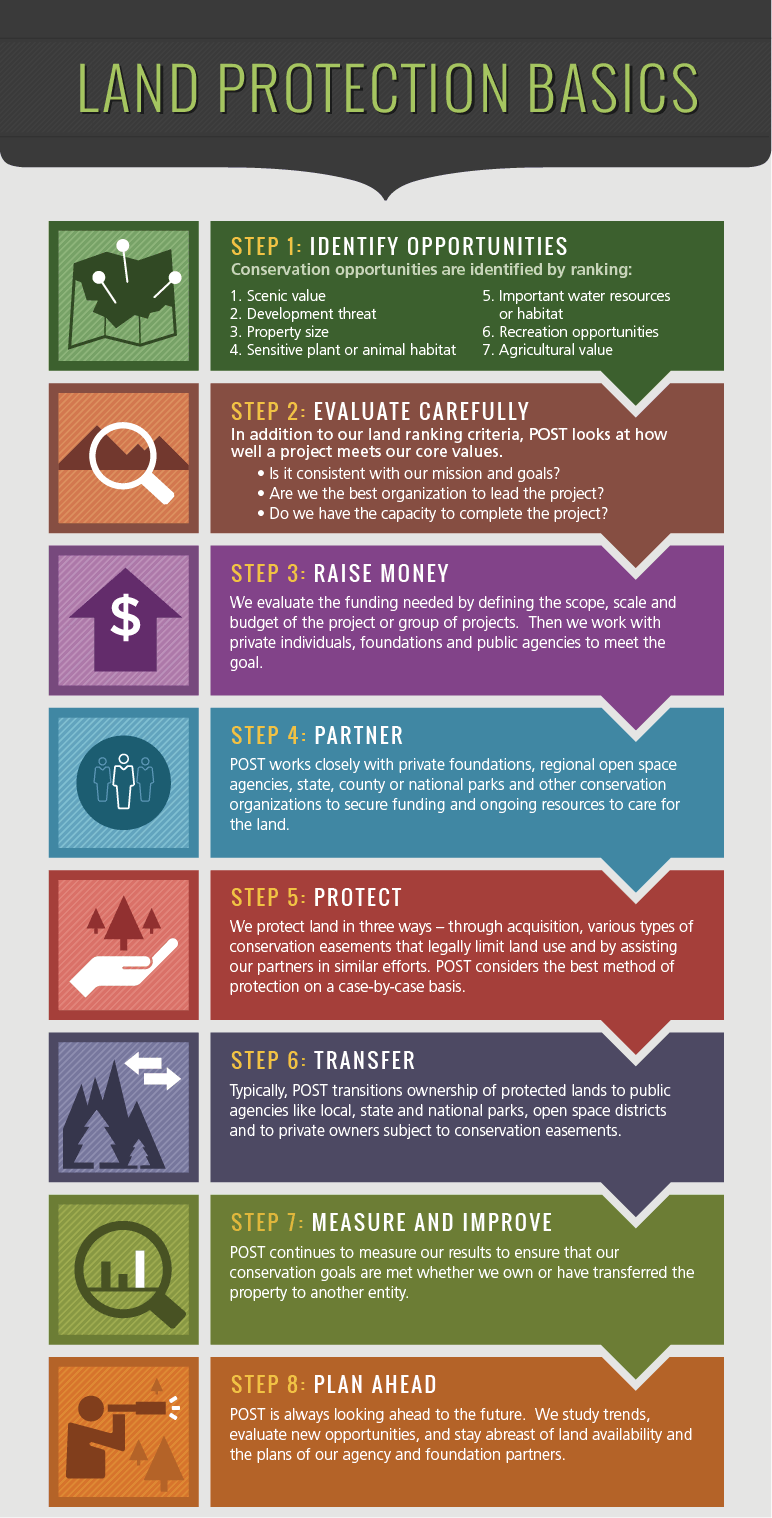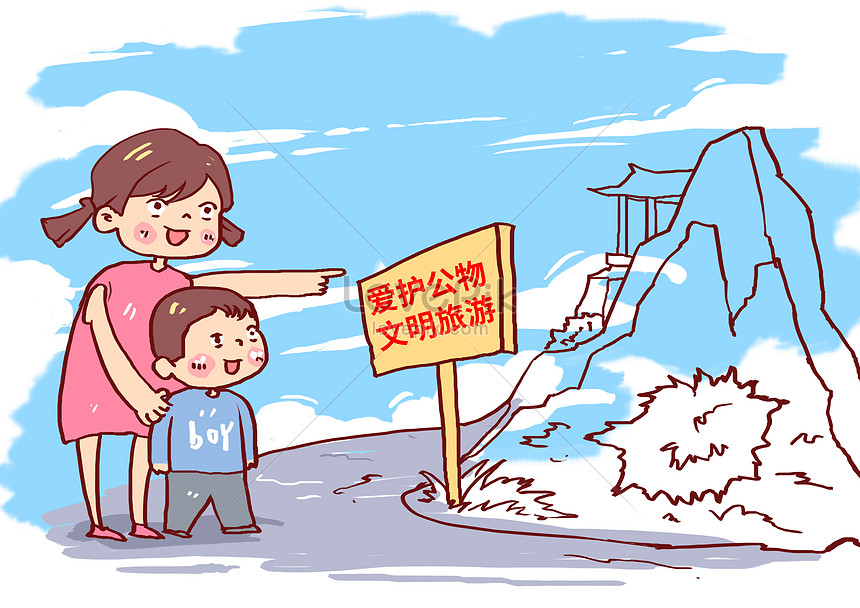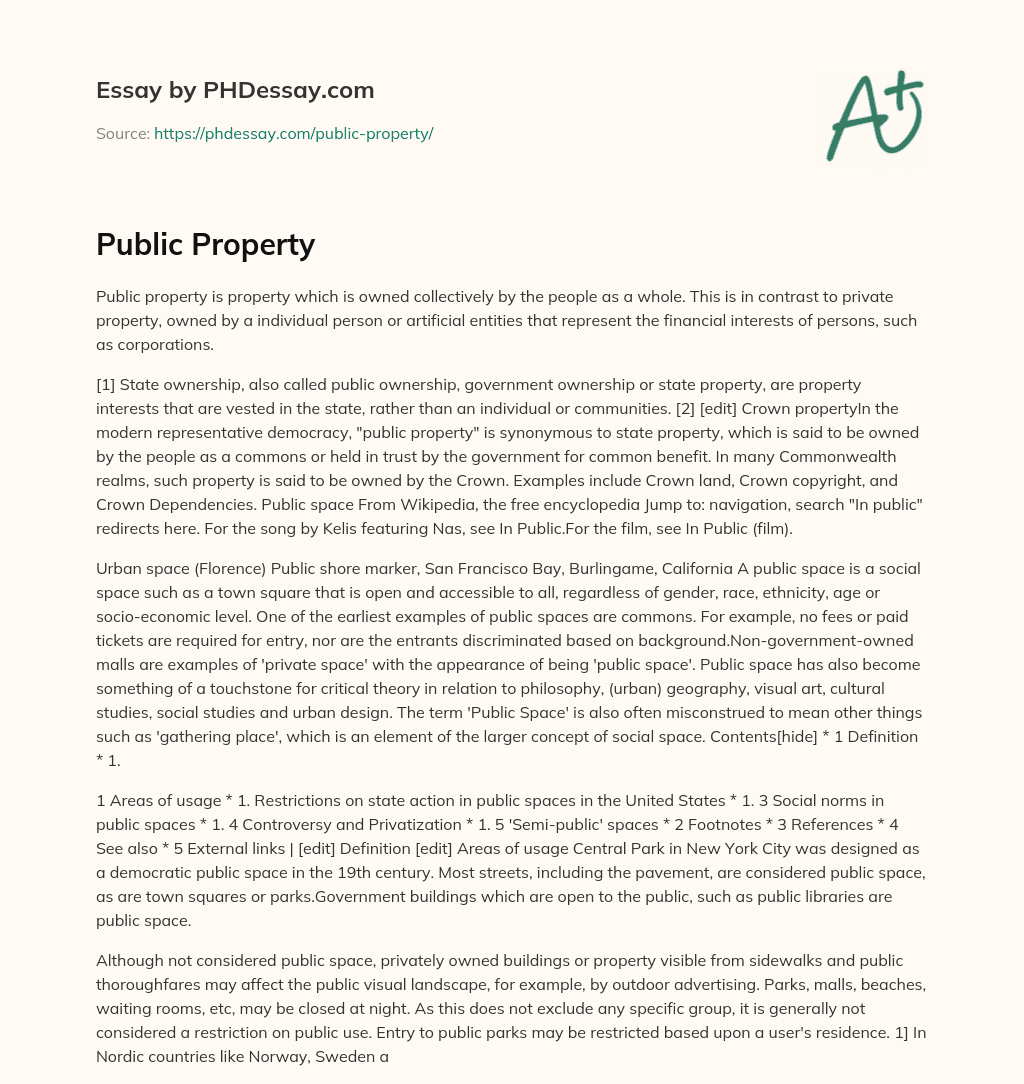Inspirating Info About How To Protect Public Property

Constitution protects your right to speak and, in some instances, grants you a right to access public places to gather information.
How to protect public property. In each case, rather than setting a single threshold, we set two: The public library, schools, hospitals and public transport systems are some. Trust and the protection of property rights:
What is the attitude of people towards. The government lacks a justified public use for eminent domain. Public libraries, schools, hospitals, religious places, public transport systems are some examples for public property.
Common law principles: Instead, we should help others to know the importance of public. We should protect public property because it has public ownership and is built for the public welfare.
It doesn’t need to condemn the property. How to protect your property. 5 ways to maintain and preserve public property:
Common defenses against eminent domain include: Everyone likes to brag to their buddies about harvesting a nice buck or all the deer feeding in one of their. We should not do any damage to the public properties.
Our constitution has provided all of us. The owner shall adequately protect public and private property adjoining or affected by the work including lawns,. Wrecked park benches, smeared walls, knocked over traffic signs:
One of the duties is to safeguard public property and abjure violence. It hasn’t offered you a. It is a part of the country’s infrastructure,.
This essay covers that aspect in detail. Modified 1 year, 9 months ago. 197 people found it helpful.
How to protect public property. A conservation easement is a voluntary, legal agreement between a landowner and a land trust that. The most common way to protect land is with a conservation easement.
A leading labour politician has said there is no justification for mps to be targeted in their homes and that public life is “drowning in hate and violence”. The property which belongs to the government is known as public property. Protection of public and private property.





